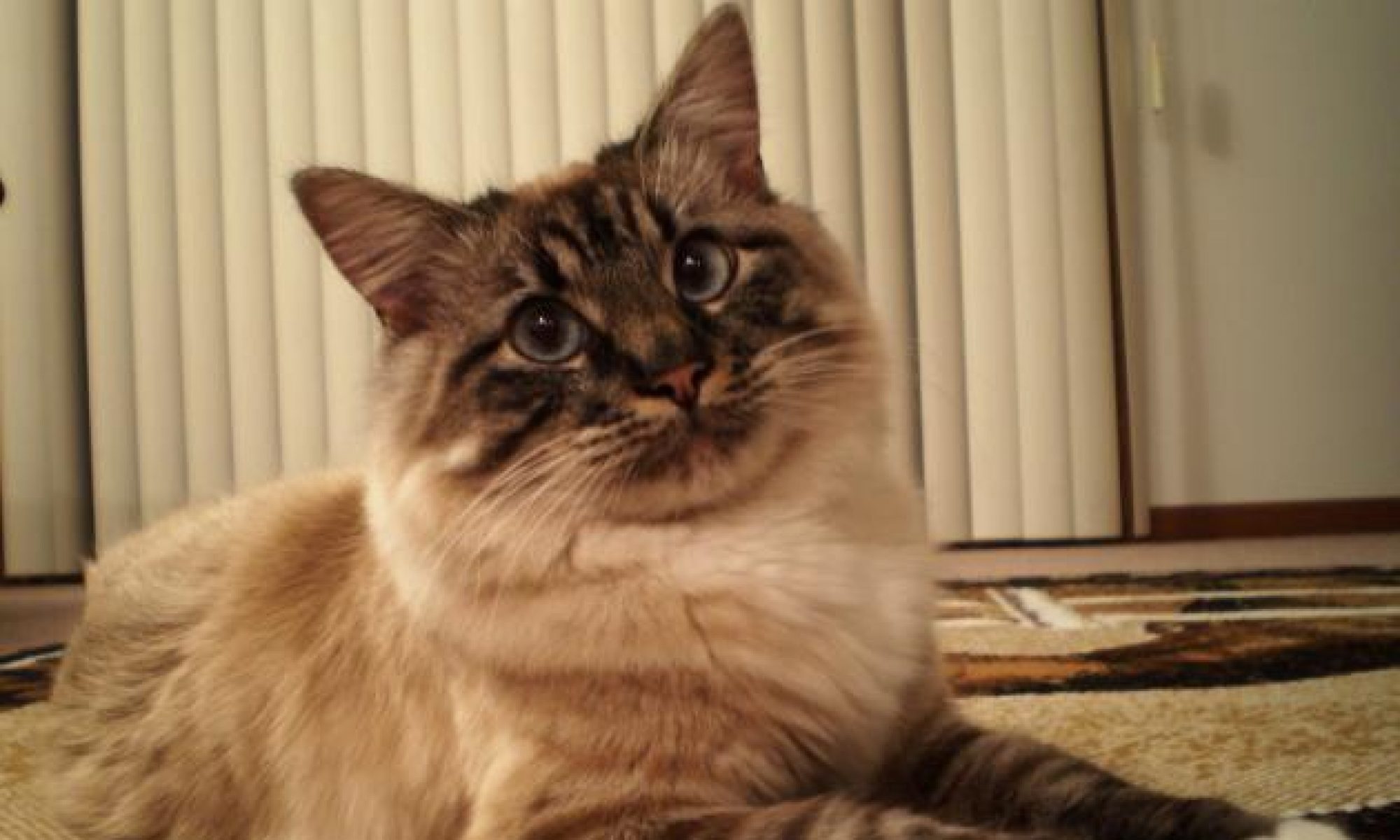Pododermatitis, more commonly known as bumblefoot, is a condition that affects many companion rodents, including rats, hamsters, and guinea pigs. Pododermatitis literally means “inflammation of the foot.” The footpad becomes inflamed, develops sores and “bumbles,” (which often start out as small red bumps), and then can become overgrown. The condition occurs when the animal’s feet become inflicted with tiny cuts and scrapes caused by a variety of environmental conditions. Bacteria are then able to enter the footpad through these cuts and scrapes, causing inflammation and infection. If left untreated and/or allowed to progress, it can become very painful to the animal. Bumblefoot is not contagious to humans.
Risk factors
There are several factors that can increase the chance of a companion rodent experiencing this condition. Often these factors act in conjunction with one another to cause bumblefoot. Listed below are several common risk factors.
Obesity
If a companion rodent is consistently overfed, it will become overweight. This excess weight causes abnormal amounts of pressure to be placed on the feet. This excessive pressure can lead to irritation and pain of the footpad.
Cages with wire floors
A cage with a wire floor serves as a source of injury for companion rodents. Combining wire flooring with excess pressure caused by obesity only serves to intensify the pain and irritation experienced by the pads of the feet.
Poor sanitation
When bedding is not changed frequently, the buildup of urine, feces, and excess moisture serves as a breeding ground for many bacteria. These bacteria take advantage of susceptible footpads by entering them through abrasions.
Overgrown toenails
In some circumstances, bumblefoot can be caused by overgrown toenails. Nails that are not trimmed regularly will cause an imbalance in an animal’s feet. This imbalance will create specific pressure points that lead to the onset of pododermatitis. Extremely long nails can also curl to the point where they can puncture the pads of the feet, causing pain and discomfort.
Symptoms
Pododermatitis is relatively easy to detect. Indicators of the condition include:
- Red or swollen feet
- Lameness
- Refusal to move around cage
- Lethargy
- Extremely sensitive or sore hind feet
- In severe cases, ulcerations on feet
Complications
Bumblefoot is a relatively simple condition to treat if diagnosed early, so regularly check your pet’s feet for early signs. If a companion rodent does not receive treatment and its condition is allowed to worsen, there are several far more severe complications that can occur. These complications include:
- Swollen lymph nodes
- Arthritis
- Inflammation of tendons
- Amyloid (protein) buildup in the kidney, spleen, liver, hormone glands, and pancreas
Diagnosis
Diagnosing pododermatitis is a relatively simple process. Your veterinarian will first examine your pet, listen to the heart and lungs, palpate the entire body, look at the eyes and ears, and do a thorough inspection of the feet. He may also perform lab tests to determine the specific bacteria that has populated the cuts and sores. It is important to identify the bacteria to ensure that the correct antibiotic is used for the most effective treatment.
Treatment
Once a veterinarian has diagnosed your pet with pododermatitis, he will begin a treatment that involves antibiotics (oral, injectable, or topical) and cleaning of the footpad. The veterinarian will begin by trimming the toenails and clipping the hair around the affected areas. He will clean the wounds and then soak the animal’s feet in an antibiotic solution. Usually he will also apply an antibiotic ointment to the affected area(s). Your veterinarian may perscribe an antibiotic and pain medication for you to administer at home. Each individual case is unique and the proper treatment may vary accordingly. If the animal’s condition does not improve with treatment, the affected area may have to be amputated by a veterinarian.
Prevention
There are several steps you can take to prevent bumblefoot from occurring in your companion rodent. Most of them involve reversing the risk factors outlined above. These preventive measures will not only prevent bumblefoot, but will also help your pet become healthier and happier.
Provide proper housing
By housing your companion rodent in a cage with a smooth floor, you can avoid the excess pressure and discomfort placed on the footpads caused by cages with wire floors. Providing a soft bedding material, such as shredded paper or high-quality, soft grass, will also make your pet’s cage more comfortable. When selecting bedding choose one that is absorbent, nontoxic, and dust-free. Avoid cedar chips and fresh pine materials because of their potential toxicity to some species. Frequently removing the urine and feces from the cage will help prevent the growth of bacteria.
Prevent obesity
Keeping your companion rodent at a healthy weight is very important and can be accomplished by providing it with the proper amount of a complete and balanced diet. Each species has different requirements in both nutrients and amounts, so they will each have diets specific to their needs. If you have questions about which diet to use or the proper amount to feed contact your veterinarian.
Trim toenails frequently
By trimming your pet’s toenails frequently, you can avoid imbalances or wounds caused by overgrown toenails, which can lead to pododermatitis. Your veterinarian can trim your pet’s toenails or can instruct you on how to properly trim them at home.
Lisa Karr-Lilienthal, Ph.D. – University of Nebraska-Lincoln
